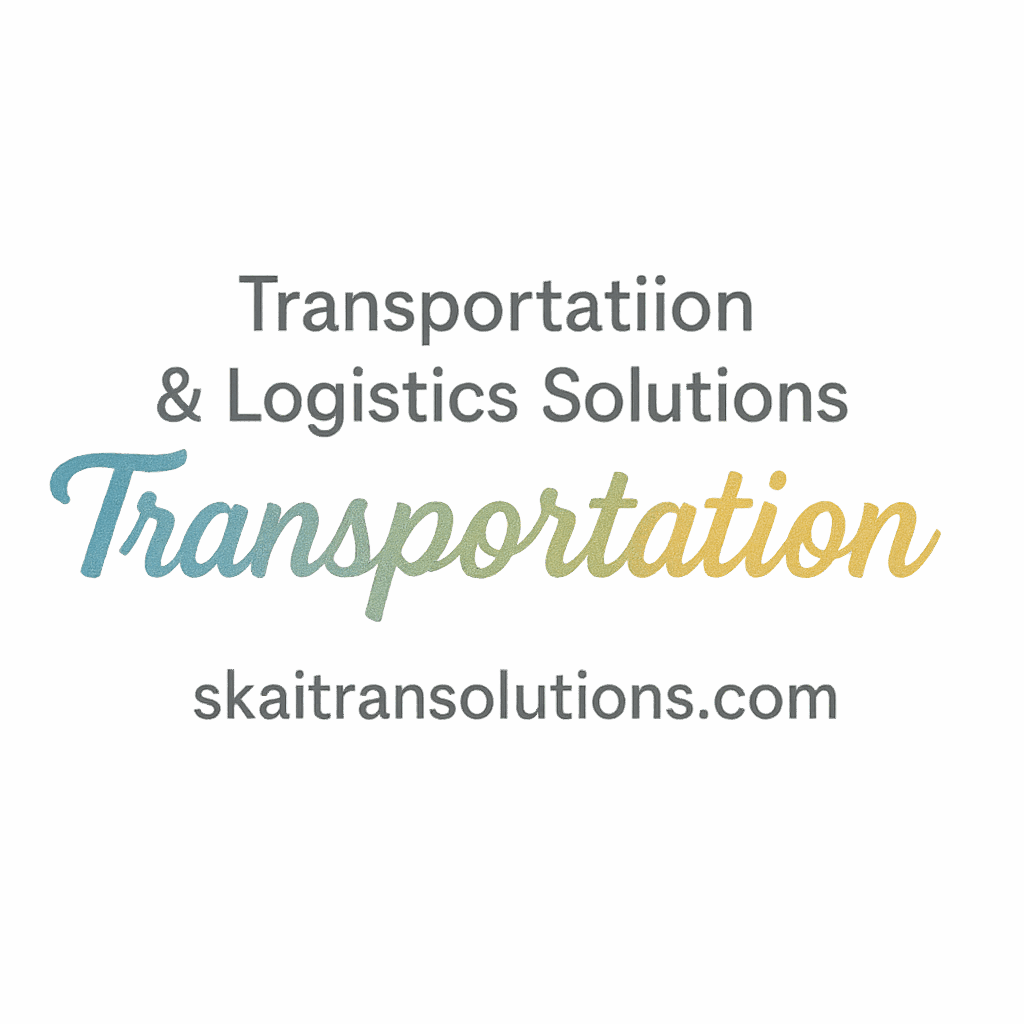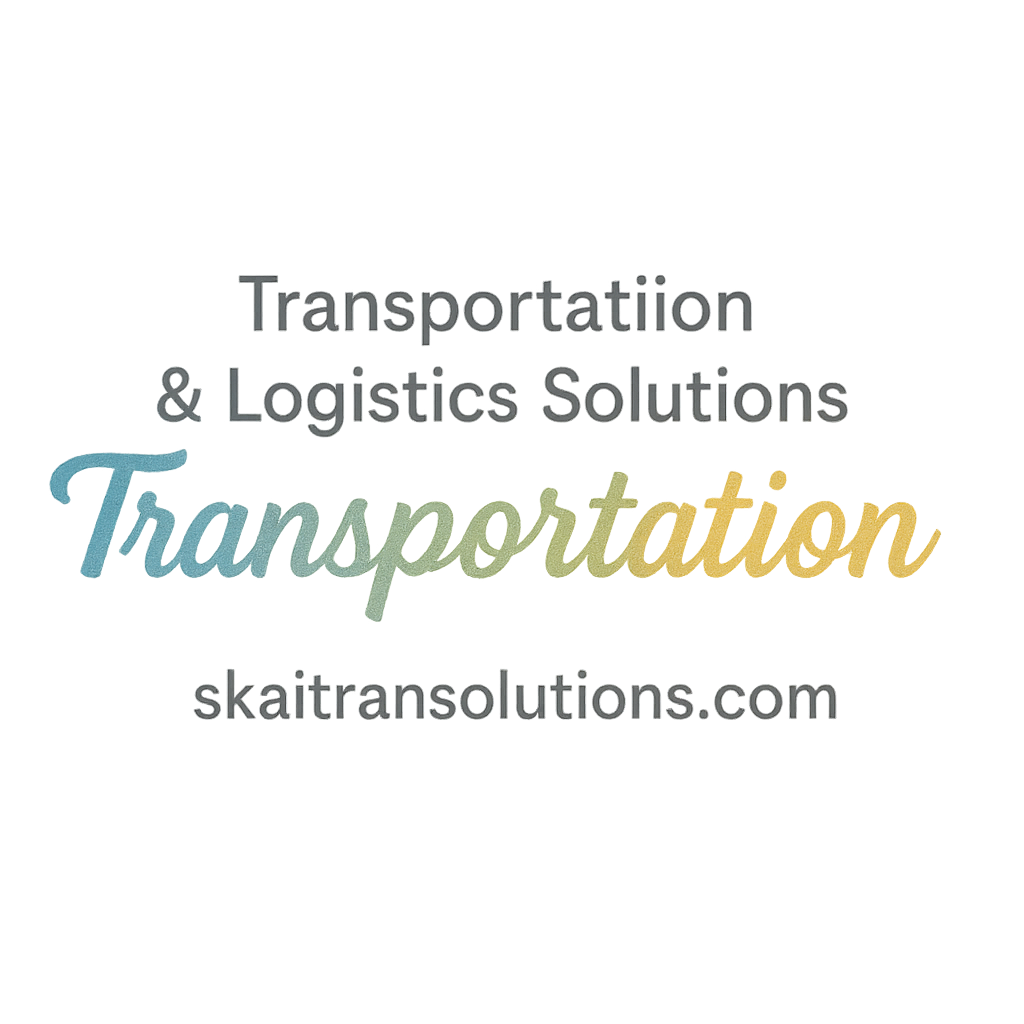Transportation companies play a crucial role in facilitating the movement of goods and people across vast distances, supporting the global economy. However, these companies face an array of challenges that can impact their efficiency, profitability, and sustainability. From soaring fuel prices to labor shortages, staying ahead requires navigating complex issues with innovative solutions. In this article, we will explore the top five challenges transportation companies face today and how they are addressing them.
1. Increasing Fuel Costs
One of the most immediate concerns for transportation companies is the increasing cost of fuel. Whether it’s diesel for trucks or aviation fuel for planes, fuel is a critical part of transportation operations, and its fluctuating price can make or break a company’s profitability.
The Impact on Pricing Models
Fuel price volatility is a significant issue that transportation companies must manage. Rising fuel prices often force businesses to either absorb the costs or increase prices for customers. Companies may use fuel surcharges to buffer against fluctuations, but this can lead to customer dissatisfaction, especially during periods of significant price increases.
Alternative Energy Sources
To mitigate the impact of rising fuel costs, many transportation companies are turning to alternative energy sources like electric vehicles (EVs) and hybrid models. Electric trucks and delivery vans are particularly attractive for short-haul routes, while hybrid vehicles are helping reduce fuel consumption. Companies making this transition not only reduce fuel dependency but also contribute to a more sustainable future, in line with the increasing demand for innovation in the industry. If you’re interested in learning more about how energy efficiency can impact the transportation industry, check out this insight on transportation technology innovation.
2. Driver Shortages and Retention
The shortage of skilled drivers has become a significant challenge for transportation companies. The shortage not only affects operations but also creates long-term sustainability issues.
Causes of Driver Shortage
Several factors contribute to the driver shortage, including an aging workforce, low wages, and challenging working conditions. Furthermore, the demands of long-distance driving and time away from family are major deterrents for new entrants into the profession.
Retention Strategies
To combat this issue, companies must focus on retaining their existing drivers. Offering higher pay, improving working conditions, and providing benefits like flexible scheduling are some strategies to attract and retain drivers. Companies can also leverage technology for route optimization and time management, helping reduce driver stress and improve job satisfaction. Retention strategies must be comprehensive, focusing on both financial and non-financial incentives. For more on operational best practices in the industry, check out this page.
3. Regulatory Compliance
Navigating regulatory compliance is a challenge that transportation companies deal with regularly. With regulations constantly evolving, businesses must stay up to date with both local and global standards, ensuring they meet all safety, environmental, and labor requirements.
Global and Local Regulations
Transportation regulations are diverse and can vary by region. For example, the International Maritime Organization (IMO) regulates the shipping industry, while the Federal Motor Carrier Safety Administration (FMCSA) enforces regulations for trucking in the U.S. In addition, many countries have strict environmental regulations, which transportation companies must comply with to avoid fines and penalties.
Technology Solutions for Compliance
Advances in technology are helping transportation companies stay compliant with the regulatory landscape. Fleet management software, automated reporting tools, and AI-driven insights assist in meeting compliance requirements without overwhelming staff. These solutions ensure that companies don’t just meet the minimum requirements but exceed industry standards. To learn more about how technology aids in compliance, take a look at this page on compliance.

4. Safety Concerns and Risk Management
Safety is one of the biggest concerns in the transportation industry. Accidents, injuries, and fatalities can have devastating consequences for both individuals and companies. As such, transportation businesses need to adopt comprehensive risk management strategies.
Safety Inspections and Protocols
Regular safety inspections of both vehicles and drivers are essential in maintaining high safety standards. Inspections help identify potential issues before they become critical, ensuring that drivers and passengers are always protected. Additionally, ongoing driver education programs that emphasize safe driving habits can minimize accidents.
Risk Mitigation Technologies
New technologies are enhancing safety protocols across the industry. GPS tracking systems, real-time data analytics, and automated systems can monitor driver behavior and alert management if safety standards are not met. Furthermore, technologies such as AI and machine learning are making it easier to predict and mitigate risks. For more insights on how companies manage safety, check out this article on safety inspections.
5. Supply Chain and Logistics Complexity
Managing a complex supply chain can be a headache for transportation companies. Global supply chain disruptions, logistical inefficiencies, and the need for real-time information make transportation operations more challenging than ever.
Global Supply Chain Disruptions
Global events, including pandemics, natural disasters, and political instability, have revealed how vulnerable supply chains are to disruption. Transportation companies must contend with these disruptions by staying adaptable and finding alternative routes or suppliers. It’s crucial to have a contingency plan to minimize the impact on operations. Companies should also leverage supply chain management software to increase visibility and manage disruptions more effectively. Check out insights on logistics solutions here for a deeper dive into the subject: Logistics Supply Chain Solutions.
Improving Operational Efficiency
Increased operational efficiency is essential for mitigating supply chain complexities. Route optimization software, real-time tracking, and predictive analytics help companies reduce delays and operational costs. These tools allow businesses to respond quickly to changes in demand, avoid traffic delays, and make smarter decisions in real time. To explore how operational best practices can improve efficiency, visit this link: Operational Best Practices.
Conclusion
The transportation industry faces several key challenges today, ranging from rising fuel costs to labor shortages, compliance issues, safety concerns, and increasingly complex supply chains. However, the good news is that with the right strategies, technologies, and innovative approaches, companies can overcome these challenges and stay competitive. By focusing on alternative energy solutions, improving driver retention, embracing technology for compliance and risk management, and enhancing operational efficiency, transportation companies can build a stronger, more resilient business for the future.
FAQs
1. Why are fuel costs such a big issue for transportation companies?
Fuel is a major part of operational costs in the transportation industry. Rising fuel prices directly affect profit margins, forcing companies to either absorb the costs or pass them on to customers.
2. What can transportation companies do to address the driver shortage?
Transportation companies can offer higher pay, better working conditions, career development opportunities, and use technology for route optimization to retain and attract drivers.
3. How can technology help with regulatory compliance?
Technology helps companies stay compliant by automating reporting, tracking vehicle maintenance, and monitoring driver behavior, ensuring adherence to regulations without manual effort.
4. How do safety concerns impact transportation companies?
Safety concerns can result in accidents, injuries, and fatalities, which harm a company’s reputation and financial standing. Regular safety checks and using technology to monitor performance help mitigate risks.
5. What role does logistics play in the challenges faced by transportation companies?
Managing complex supply chains and global disruptions are significant challenges. Operational efficiencies, route optimization, and real-time tracking are essential to reducing delays and increasing reliability.
6. Can alternative energy solutions like electric vehicles solve fuel cost issues?
Yes, electric vehicles (EVs) and hybrid models help reduce fuel dependency, especially for short-haul routes, thus reducing transportation costs in the long run.
7. What are the most important technology solutions for transportation companies today?
Key technologies include GPS tracking systems, AI for predictive maintenance, route optimization software, and real-time data analytics, all of which help improve efficiency, reduce costs, and ensure safety.


